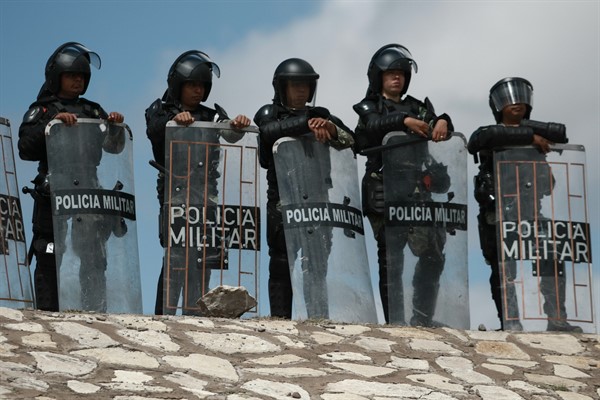For nearly 75 years, the United States and Mexico have transferred giant quantities of water to each other each year as part of a system set up to ensure the equitable sharing of water sheds that straddle their border. The terms and obligations are clearly laid out in a treaty the two sides signed in 1944: The U.S. sends 489 billion gallons of water southward via the Colorado River, and Mexico allocates 114 billion gallons northward, from the Rio Grande and the Rio Conchos. To deal with the technical aspects of this water exchange and settle any issues, the two countries created the El Paso-based International Boundary and Water Commission and its Mexican counterpart, the Comision Internacional de Limites y Aguas, located across the Rio Grande, in Ciudad Juarez.
Most experts consider the treaty fair, and the joint river commission is widely seen as a model of effective bilateral cooperation. Problems do arise occasionally though, primarily due to severe droughts, which can cause Mexico to fall behind on its water payments, as it has this year. Pressured by the U.S. to pay a shortfall of around 100 billion gallons of water by Oct. 24, the Mexican government took control of three dams in northern Chihuahua state this summer, with the intention of opening the flood gates to pay its water debt to the U.S. as stipulated in the 1944 treaty.
But farmers in Chihuahua, already suffering from a bad drought this year, view the water reserves as insurance against the possibility of more dry conditions in 2021. The farmers took matters into their own hands this summer to try to prevent the water from being released, even clashing periodically with the Mexican National Guard, a force originally created to confront organized crime.

